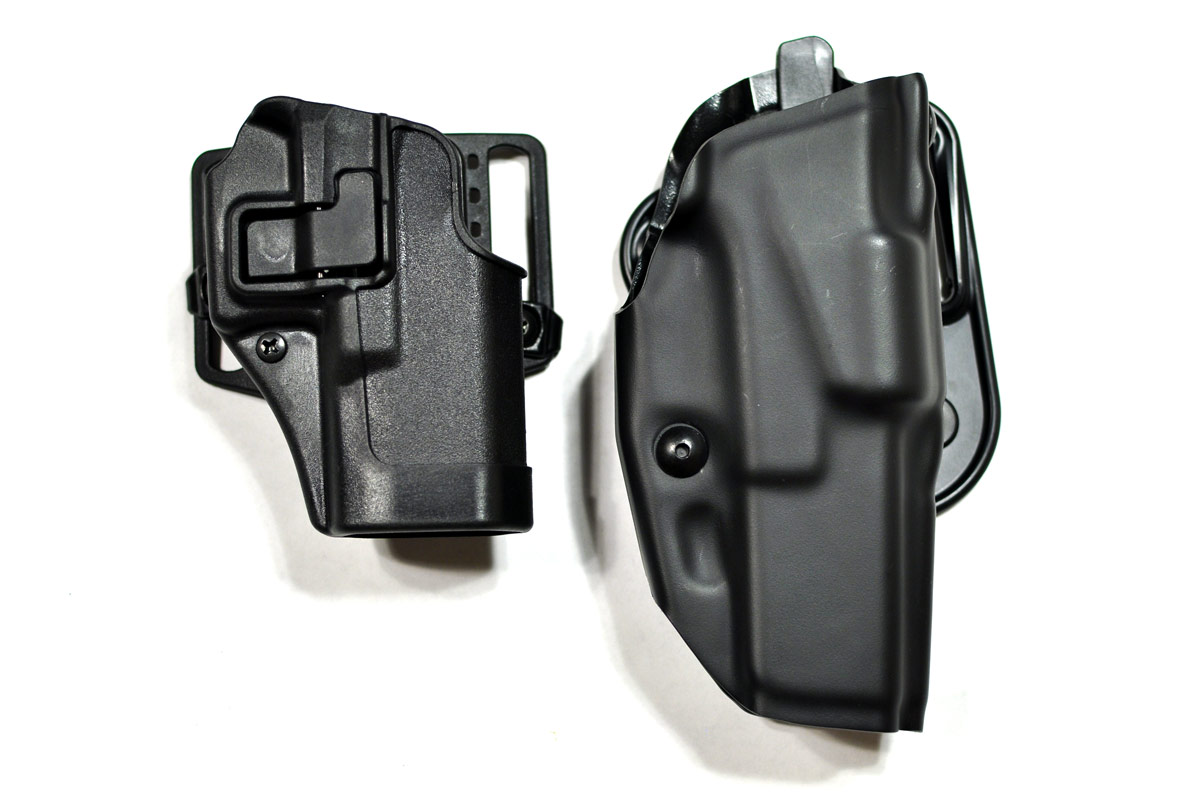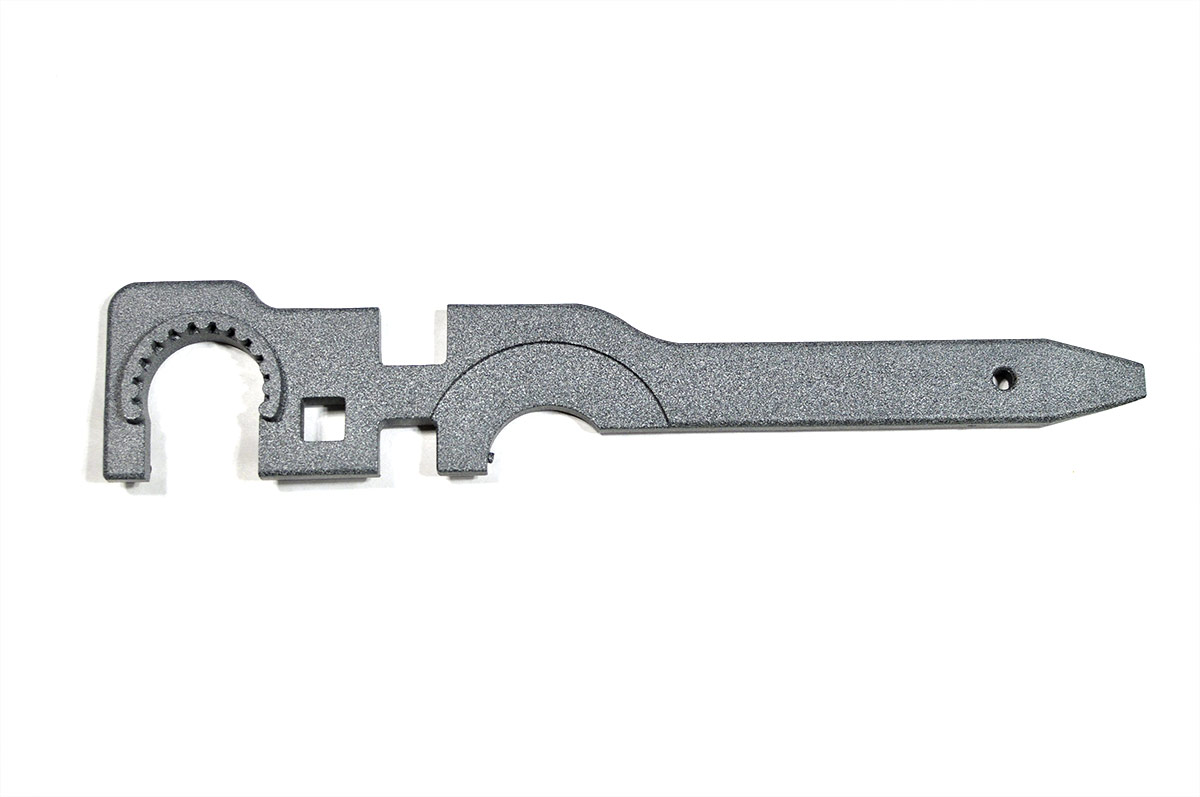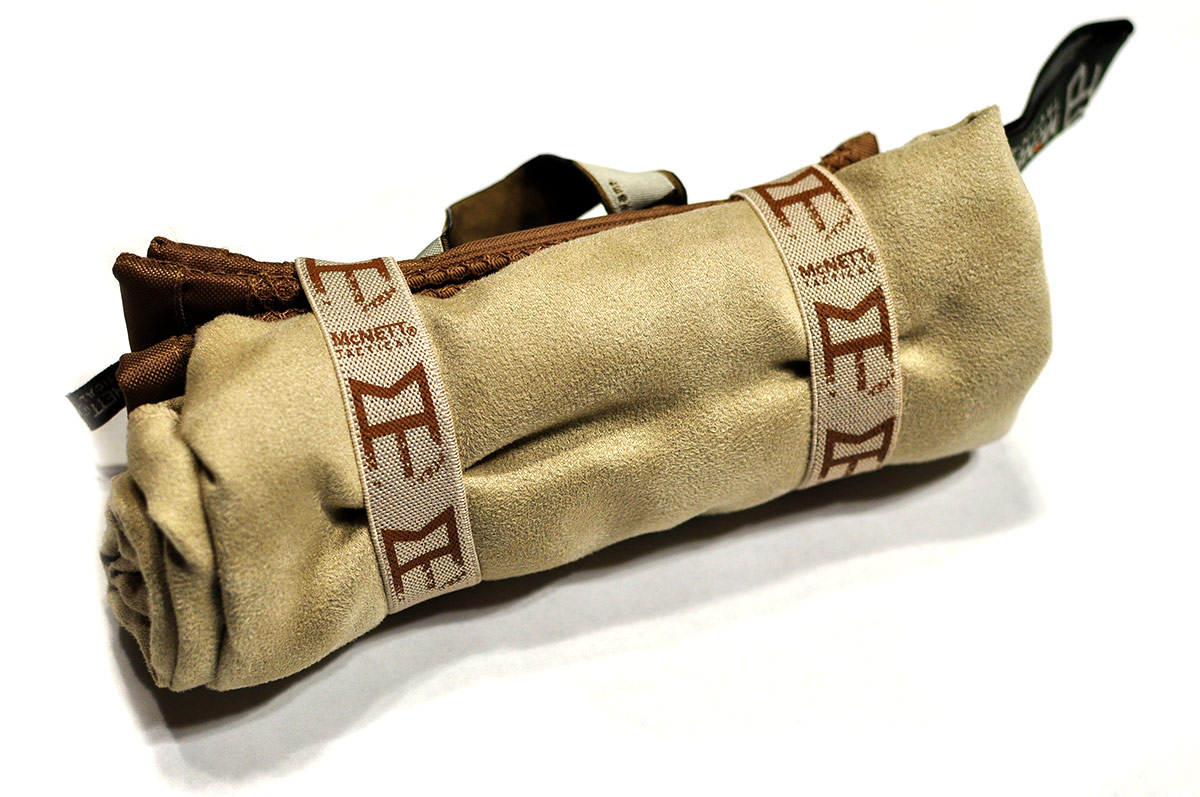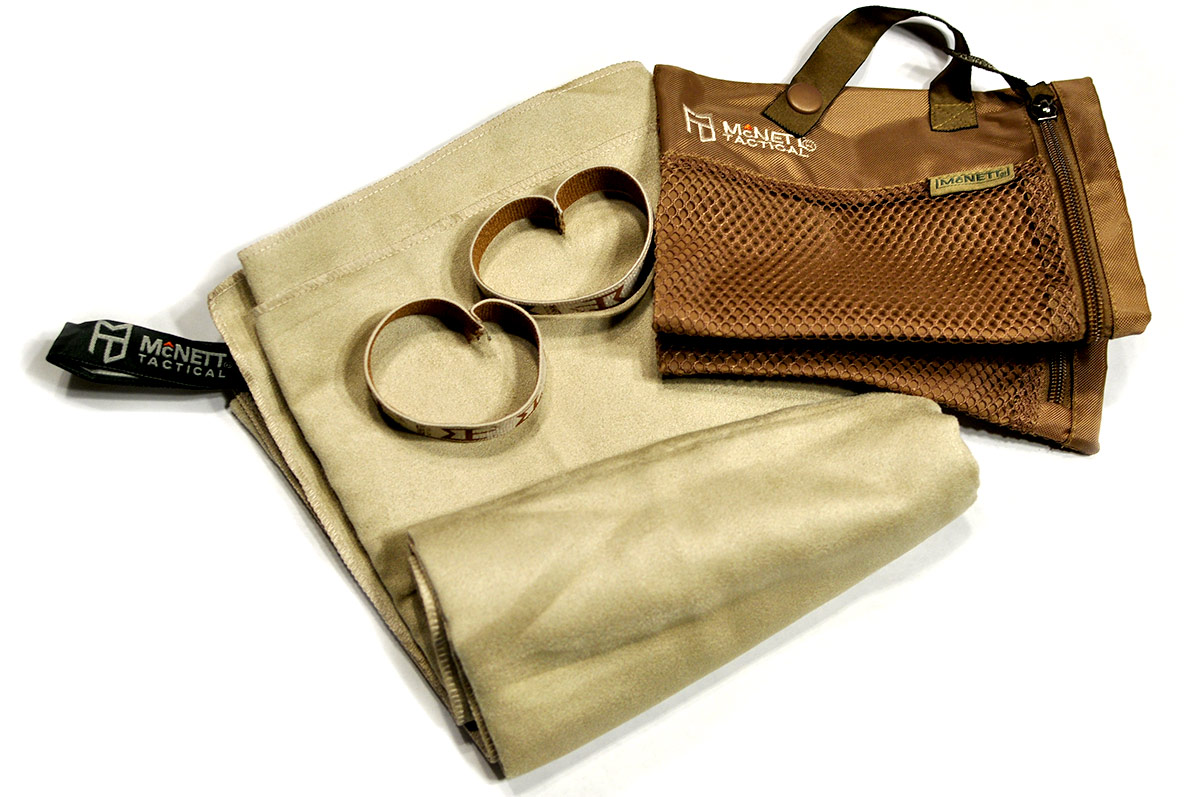I’m going to take a look at some of the Inside The Waistband IWB Holsters I’ve used over the past few years for concealed carry and cover some the many questions people who are looking to start carrying usually ask me.
Category: Gear
Review: Mountainsmith Parallax Camera Backpack
I’ve been wanting a camera backpack to carry my camera equipment for quite some time. The over the shoulder bag (Tamrac System 6) that I have been using works well, but, it gets a little annoying and uncomfortable on long treks. It’s served me well for going on 3 years now, but for longer travel, more involved hiking, etc. I wanted something more comfortable that allowed me to transport a little more.
After doing a fair amount of research and checking out multiple bags in local retailers I zeroed in on the Parallax bag by Mountainsmith.
I picked mine up from backcountry.com. They have awesome customer service and good pricing, check them out.
Coronado Arms PMag Extension
Do you shoot 3-gun competitions or maybe you are interested in some bolt on mods for your AR-15 that can add some color and capacity to your magazines? Check out the new Magpul Gen3 PMag Base Extension by Coronado Arms.
Safariland ALS vs BLACKHAWK! Serpa
I recently had a friend show me their Safariland Automatic Locking System (ALS®) holster, and in playing around with it, I decided I really liked the retention release. So I picked up a Safariland 6378 ALS holster to compare to my BLACKHAWK!® CQC® Serpa® holster.
I normally use the Serpa holster for Outside the Waistband (OWB) carry, and have used them for many training, etc. So that is what I’m most familiar with. I really like them, but the release on the ALS is something that I really like.

DPMS Armorers Tool Review
Lets face it, you probably have an AR-15, maybe a couple of them; and if you don’t already have one, you’ve probably thought about getting or building one.
And, if you don’t already know, there are a few specialized tools you need to build an AR-15, or take one completely apart. The main things you may run into are the barrel nut and the castle nut, but you may also need something for compensators or flash suppressors, etc. I’ve used many tools for these various things, ranging from specialized tools, to off the shelf Craftsmen wrenches.
Many off the shelf tools will work for things like the compensator/flash suppressor and the other various pins, and screws, but for things like the castle nut and free float rail installations, you really need special tools, and one that will hold up to some use.

Body Armor – A Little Information
Over the past couple weeks I have been hunting down some body armor; certain ranges (many police ranges for example) require it, and it’s something that I like to wear during firearms training classes. You should train as you fight, with the appropriate gear; you don’t want to cheat yourself. You need to know how to move and react with your gear. That being said, any type of body armor for your local public shooting range is probably a bit overkill. If you feel you need armor at your public range, you might want to consider finding a different range. One of the reasons I tend to avoid my local ranges.
In all honesty, I could probably get away with not having any armor at all, this isn’t a war zone… I could borrow when needed, etc., but I got a little fixated on the process and having my own gear. I ended up finding some pretty good deals, or what I consider a good deal, on some new equipment. I’m going to try to outline a bit of what I learned along the way, and hopefully that will help someone if they are looking to buy something.
The first realization I had in the shopping process is that there are a lot of options. Different styles, shapes, colors, protection levels, and brands. Trying to jump through all of that and figure out what to get was a pretty mind bending process. I was mostly looking at concealable vests, I ended up finding more than that, but that was what I originally set out for.
Protection Levels
There are a few protection levels for concealable vests and body armor in general, the standard levels described by the NIJ (National Institute of Justice) are IIA, II, IIIA, III and IV. If your interested in reading the full NIJ standard, it’s available here. The information listed in the table below gives a basic outline of what the NIJ uses for testing each protection level.
| Level | NIJ Testing Calibers | Protection Calibers (Examples, not NIJ listed) |
|---|---|---|
| IIA (2A) | 9mm New: FMJ; 124 gr; 1225 ft/s Conditioned: FMJ; 124 gr; 1165 ft/s .40 S&W New: FMJ; 180 gr; 1155 ft/s Conditioned: FMJ; 180 gr; 1065 ft/s |
.22 LR; .380 ACP; 9mm; 40 S&W |
| II (2) | 9mm New: FMJ; 124 gr; 1305 ft/s Conditioned: FMJ; 124 gr; 1245 ft/s .357 Magnum New: JSP; 158 gr; 1430 ft/s Conditioned: JSP; 158 gr; 1340 ft/s |
.22 LR; .380 ACP; 9mm; 40 S&W; .357 Mag |
| IIIA (3A) | .357 SIG New: FMJ FN; 125 gr; 1470 ft/s Conditioned: FMJ FN; 125 gr; 1410 ft/s .44 Magnum New: SJHP; 240 gr; 1430 ft/s Conditioned: SJHP; 240 gr; 1340 ft/s |
.22 LR; .380 ACP; 9mm; 40 S&W; .357 Mag; .44 Mag |
| III (3) | Rifle 7.62mm* New: FMJ; 147 gr; 2780 ft/s Conditioned: FMJ; 147 gr; 2780 ft/s |
.223; 7.62×39; .308; 7.62×51 |
| IV (4) | Armor Piercing Rifle – 7.62mm AP* New: AP; 166 gr; 2880 ft/s Conditioned: AP; 166 gr; 2880 ft/s |
5.56 AP; 7.62×39; 7.62×51 AP; 7.62x54R; 7.62×63 AP |
The general rule of thumb that I’ve been told, multiple times, is that whatever level of protection you wear, it should be able to protect against your duty load. So if you are a police officer, your vest needs to be able to stop whatever round you carry in your sidearm.
But, in 2012, the FBI reports, “none of the officers were killed with their own weapons.”[3]
There are many aspects to the NIJ tests, as an example, there is a test called the “Backface Signature” (BFS) test; this is the depth that a projectile indents a testing medium when it hits the armor. It’s the basic deformation of the vest into you when shot. The NIJ states a maximum of 44mm (1.73 in) for all protection levels. Most commercial vests that I’ve seen have had BFS measurements in the 30-38mm range. This is another specification you can use when comparing different options, if you need some more scientific information. If you want a whole lot of scientific information about testing, check out the NIJ Standard-0101.06 (Ballistic Resistance of Body Armor) testing specifications, you can really nerd out on it all if you want.
The NIJ also has a 0115.00 Standard for Stab Resistance. This is a rating that is used to rate protection from stabbing from knives or other sharp objects. Many vests say they are “stab resistant” but are not actually NIJ rated; the NIJ rates armor stab protection using Level designation of 1, 2 or 3. The table below outlines the ratings and the basic stab test parameters.
| Protection Level | Strike Energy (E1) | Overtest Strike Energy (E2) |
|---|---|---|
| 1 | 17.7 ft. lbs. (24 J) | 26.6 ft. lbs. (36 J) |
| 2 | 24.3 ft. lbs (33 J) | 36.9 ft. lbs (50 J) |
| 3 | 31.7 ft. lbs. (43 J) | 47.9 ft. lbs. (65 J) |
The NIJ document outlining all of the details for the Stab Resistance testing is available, here. So if you find a vest that is stab rated, you will know what that rating actually means, to one degree or another.
Generally, concealable body armor only offers up to the IIIA protection level, for things like level III and IV, you usually have to add things like ceramic or steal plates. Something like a plate carrier is usually used for these, and they are not really “concealable”; ceramic plates can be quite thick. Also, to meet a lot of the testing standards, many level III or IV plates also require a plate backer. This is due to the ceramic plates cracking and breaking apart after impact. AR500 steel plates have become very popular for level III and IV protection online, most of these tout that they are tested to NIJ levels, but are not actually NIJ certified. You can buy AR500 plates online for around $60 USD and up from places like ar500armor.com. A major concern of mine about AR500 style plates is spalling; many companies offer anti-spalling coatings, etc. But you should definitely do some research before purchasing anything as it is a widely unregulated market.
Read more
Vortex Optics: RANGER 1000 RANGEFINDER
I recently got my hands on a Ranger 1000 Rangefinder by Vortex Optics. I’ve played with these in the store and used similar range finders that friends have owned, but out of all of the rangefinders I’ve used, I keep going back to the Ranger 1000. The ergonomics are great, it’s very compact and light, and it’s accurate.
The ergonomics of the Ranger 1000 are great, and it allows for easy one handed operation, something that is great if you are also carrying a rifle when out hunting, etc. Along with the great ergonomics, the Ranger 1000 is also fully o-ring sealed, so it’s very water resistant.
Included with the rangefinder is a nice carrying case that will attach to a 2″ or smaller belt. The case has elastic on the sides, it pinches the rangefinder, so even if you forget to clip it closed, it’ll take some serious moving around for it to fall out of the case. It also has a belt clip directly on the side of the rangefinder, so you can simply clip it to your belt; the clip can be moved to either side of the range finder. Also included in the box is a lanyard, a field reference card and the required CR2 3v battery.
With everything in the case, the battery in the rangefinder and the lanyard attached, the whole package weighs in at 9oz and measures 3.5 in x 4.25 in x 2 in (L x W x D). So a pretty small and light weight package.
Read more
McNett Microfiber Towel
At a recent gun show, the McNett distributor gave me a large microfiber towel package to try out. I was excited to have a compact towel that I could take with me when traveling or backpacking, as it always seems like I’m fighting for space to have a towel with me, or I just don’t bring one and wish I did.


The package I received is the large towel, in sand color (30″ x 50″, the size of a standard bathroom towel) weighing in at 5.8oz on my scale (they report that it weighs 6.4 oz on the packaging). The whole kit, including the towel, 2 straps and a cosmetics bag weighed in at 8.0 oz. Just for the sake of comparison, I grabbed one of my bathroom towels, of the same size, and it comes in at 1 lb 8.6 oz. Substantially heavier than the McNett towel.
The McNett towel, when rolled up with the cosmetics bag measures in at 8.5″ x 2.5″ x 2.5″ (L x W x H) and you could probably compress it down more if you need to, this was just rolling it up and taking the measurements. This makes for a tiny package, a normal towel, the one I weighed before, measures in at 13.5″ x 5.5″ x 5.5″. Much larger then the McNett package.
I’ve used the towel a couple of times, and so far it has proven to be quite durable and very absorbent, more so than most of my normal towels actually. So it will definitely work well out camping, or even if you are at a friends house that doesn’t have any extra towels (we all know that guy). It’s also a great addition to the gym bag.
McNett also lists on the packaging that you can use the towel for more than just a towel, for example, a blanket, wind block (for a shelter, etc.), or a sling. I’m sure you can probably come up with more uses for it as well.
This towel is now mandatory gear and goes with me in my camping gear and in my back pack for long hikes. It’s worth the extra weight, and it doesn’t take up much space. A welcome improvement over the normal towels I used to take with me.
McNett also offers other various size towels, their information is listed below:
| Model | Size | Weight |
|---|---|---|
| PT | 20″ x 32″ (50cm x 81cm) | 3.2 oz (90g) |
| MD | 20″ x 40″ (50cm x 102cm) | 4.0 oz (114g) |
| LG | 20″ x 50″ (77cm x 127cm) | 6.4 oz (182g) |
| XL | 35″ x 62″ (90cm x 158cm) | 8.8 oz (250g) |
If you are interested in picking up one of these towels, just hit the buy now button below and it will take you to Amazon where you can get one.
Buy Now







